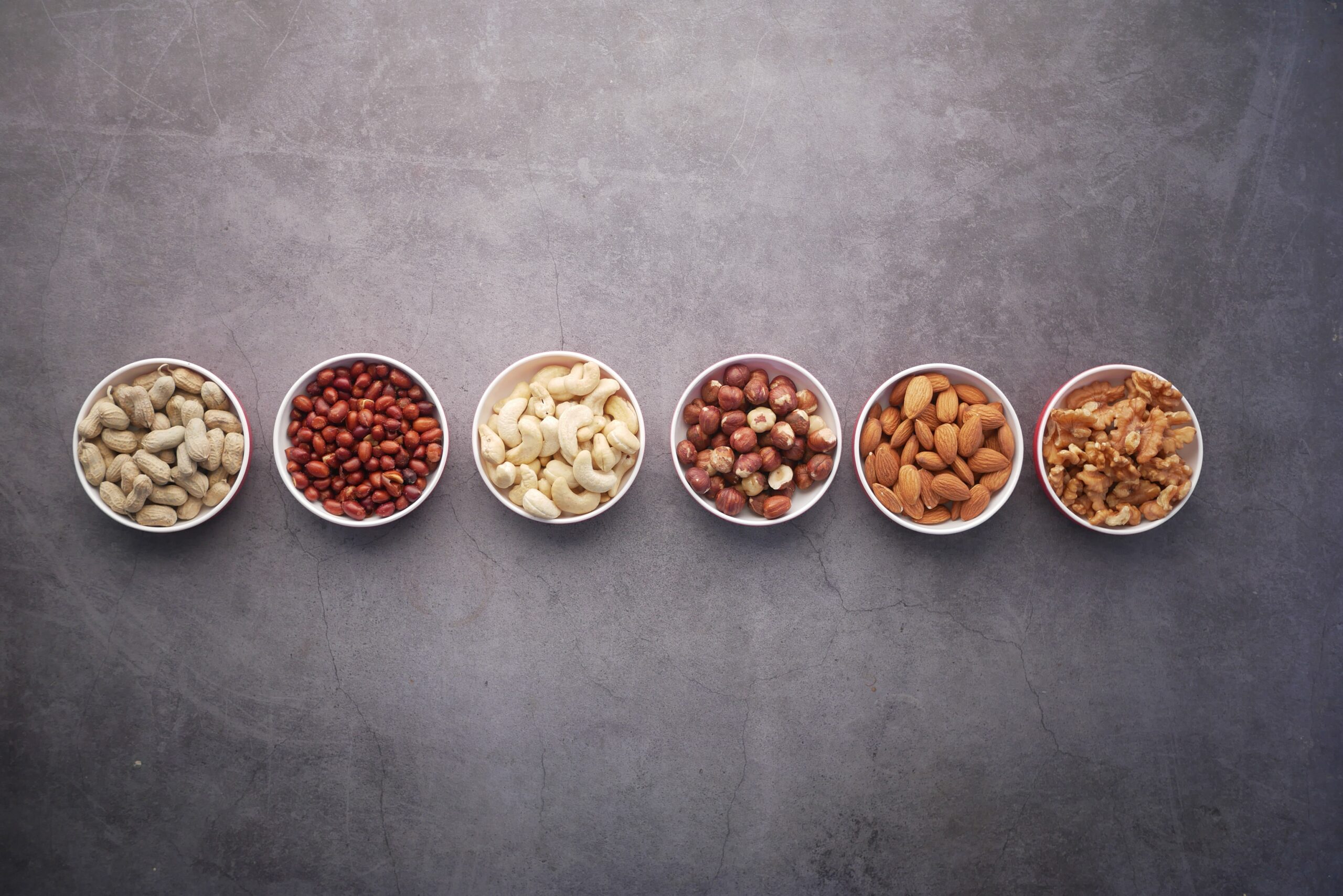
WHERE DO VEGANS GET THEIR PROTEIN?!
Where do Vegans Get Their Protein?
It’s the age-old question every vegan is asked: “But where do you get your protein?!” Those asking this question are usually shocked to meet a vegan in the wild, concern etched deeply across their furrowed brows, arms already outstretched and ready to catch us should we fall over from malnutrition. The simplest answer is: plants have protein. All of them, in fact. And the plant family also contains all 20 amino acids that humans need to live, so they’re pretty important. Let’s break it down.
*Units below show how many grams of protein are contained in each measurement.
1. Vegetables
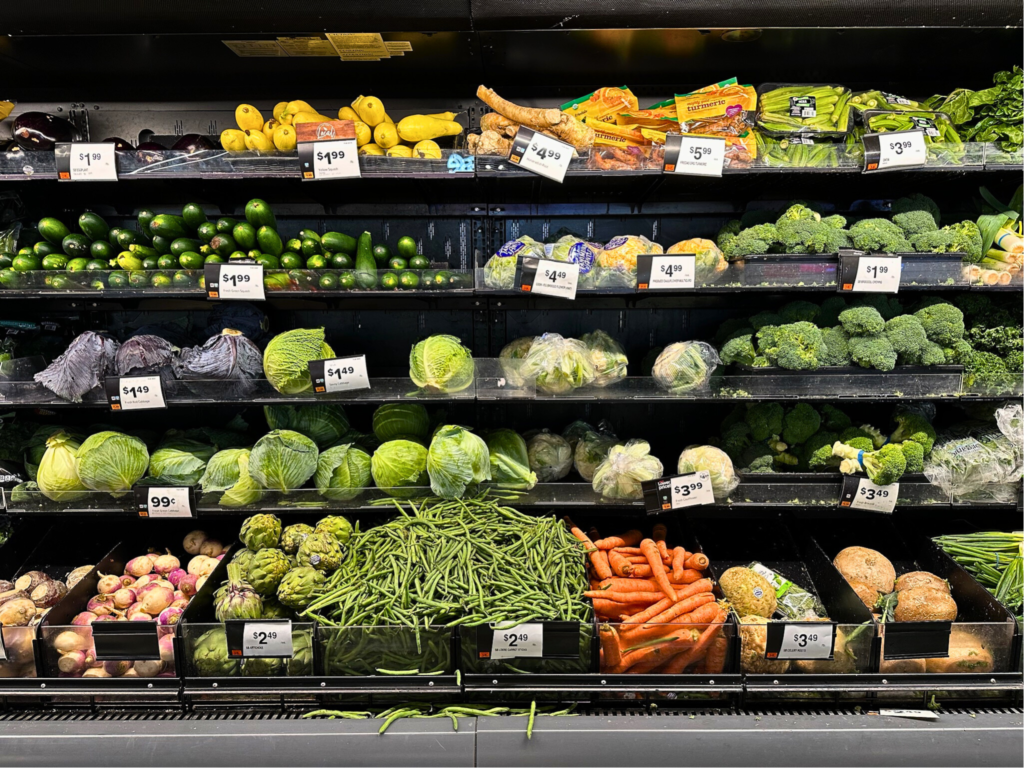
There’s a reason your parents told you to “eat your veggies” when you were younger. In addition to containing a boat load of amazing vitamins and minerals, vegetables are a great source of protein. Green peas, for example, contain almost 9 grams of protein per serving!
Here are seven more protein-packed veggies by serving:
- Brussels sprouts = 3g per cup
- Corn = 3g per ear of corn
- Potatoes = 3g per potato
- Asparagus = 3g per cup
- Artichoke = 4.5g
- Kale = 1g
- Avocado = 3g per avocado
- Spirulina = 4g per tbsp / 64g per cup!
2. Beans
If you don’t like beans, we have a sneaking suspicion it’s because you just haven’t tried the right one yet. There are approximately 400 different kinds of beans, and they’re all jam-packed with protein. Try the following for the best protein-packed beans:
- Edamame = 17g per cup
- Mung beans = 3 grams/tbsp which is 49g per cup!
- Cannellini (white) beans = 6g per cup
- Black beans = 16g per cup
- Kidney beans = 43g per cup
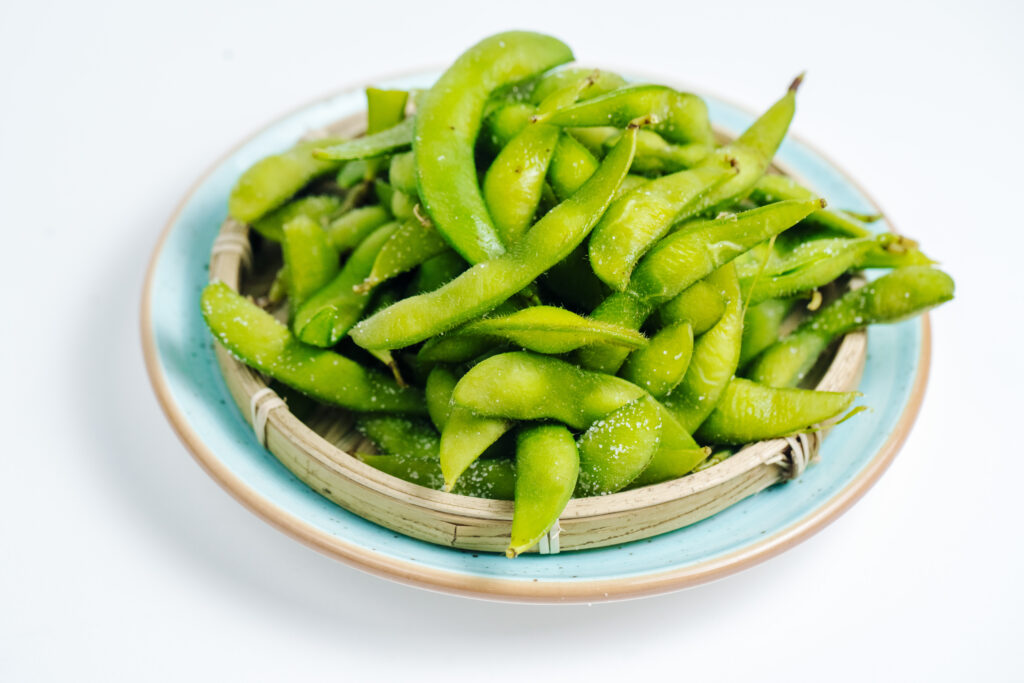
Image by stockking on Freepik
3. Legumes
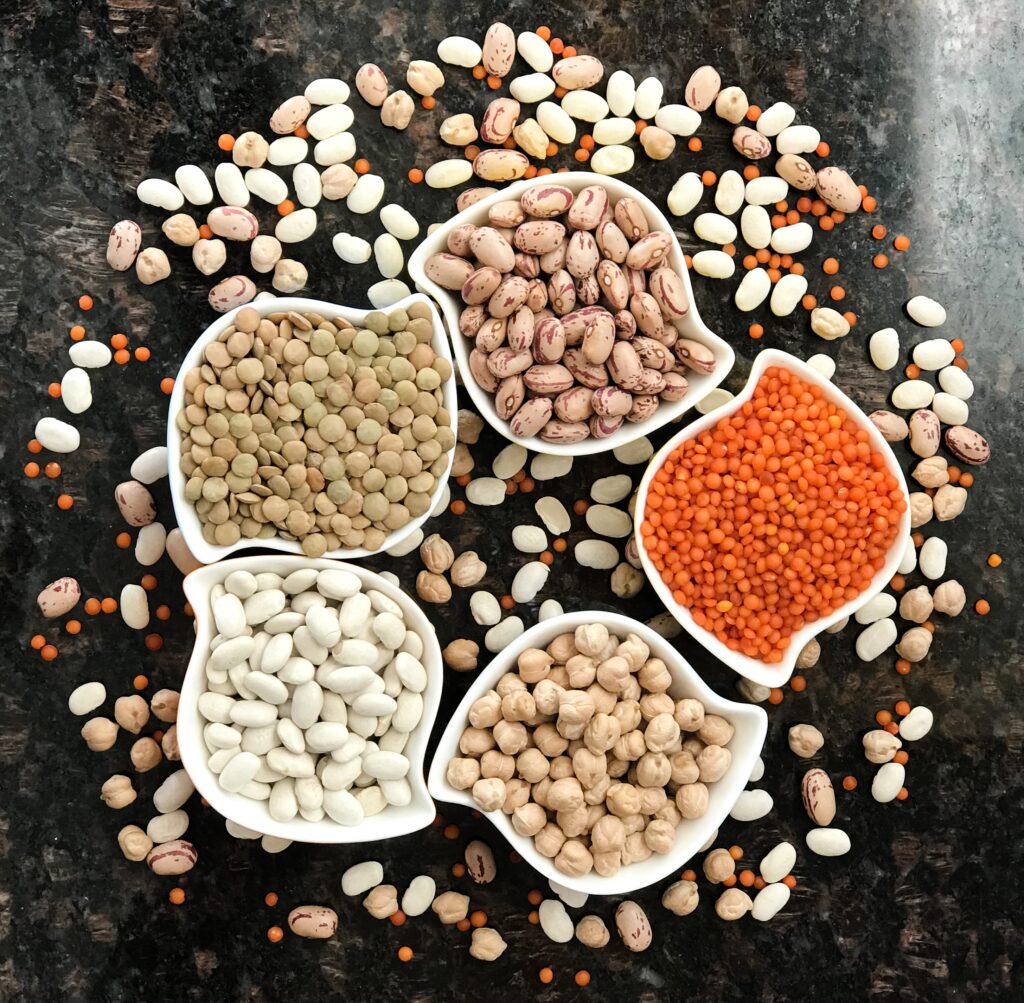
Photo by Süheyl Burak on Unsplash
So, what are these superfood legumes everyone talks about? They’re just plants that produce seed-bearing pods. And they are bursting with protein. Legumes are extremely flavor-absorbent and versatile. Maybe falafel, and hummus being some prime examples. Our favorites are:
- Lentils = 18g per cup
- Chickpeas = 39g per cup
- Tofu (condensed soybeans) = 20g per cup
- Tempeh = 31g per cup
- Peanuts (yes, they’re technically legumes) = 38g per cup
FYI, beans are also legumes, but not all legumes are beans, which is quite a doozy. Whichever you choose you’ll be chock-full of fiber and protein.
4. Nuts & Seeds
There may be no snack as good as a handful of slightly salted cashews or roasted pumpkin seeds fresh out of the oven. Nuts and seeds are high in protein (hence why squirrels stash so many of them for those cold winter months), full of flavor, and rich in antioxidants, healthy fats, amino acids, fiber, vitamins, and minerals. The best part is, most of them you can eat raw and on the go!
Try:
- Almonds = 20g per cup
- Hemp seeds = 5g per cup
- Flax seeds = 2g per tablespoon
- Chia seeds = 5g per oz
- Walnuts = 12g per cup
- Cashews = 5g per oz
- Pumpkin seeds = 12g per cup
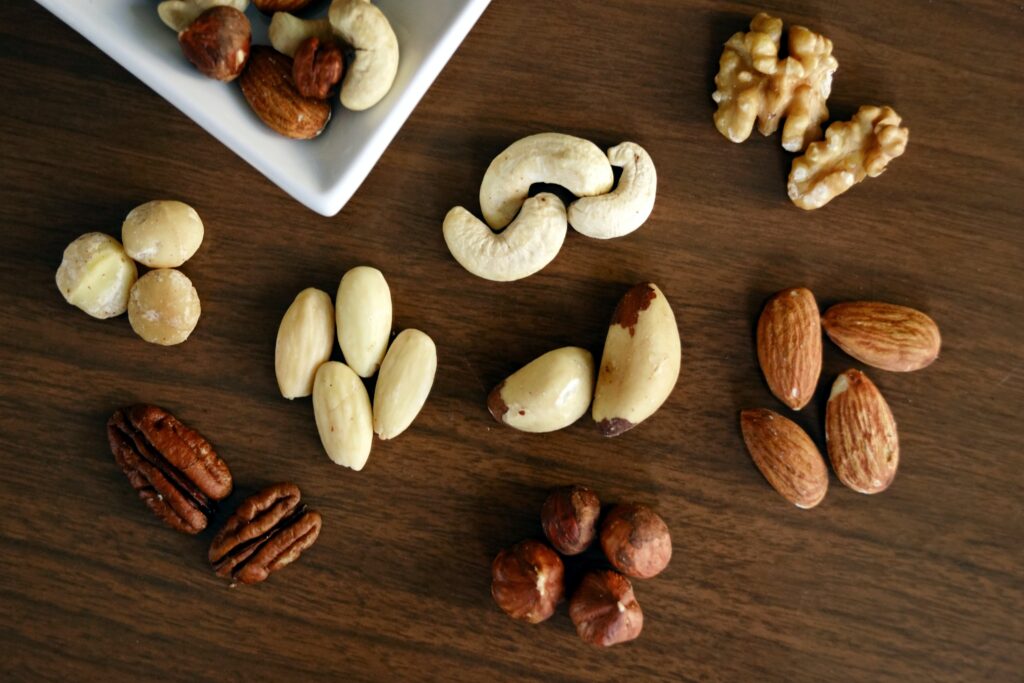
Photo by Marta Branco
5. Grains
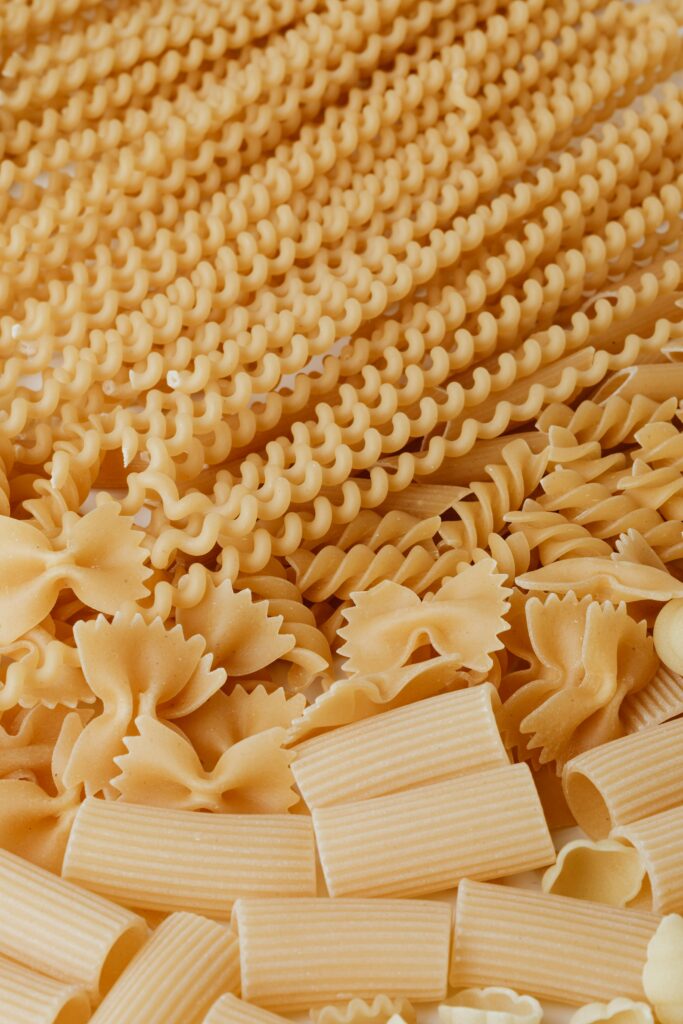
Photo by Karolina Grabowska
When people think of grains, they usually think of a field of wheat, or a bag of feed for you horse. Next, everyone’s favorite grain brown rice comes to mind. If you poll an especially savvy vegetable eater they’ll probably say quinoa (8 grams per serving), while that is chock-full of protein, let’s think bigger. Grains are much more than that…..
Think:
- Brown Rice = 5g per cup
- Soba noodles = 6g per cup
- Couscous = 6g per cup
- Farro = 10g per cup
- Rolled oats = 12g per cup
- Whole wheat pasta = 16g per oz
- Vital Wheat Gluten (AKA seitan) = 75g per ½ cup
Highest sources of
Vegan Protein
(Per 100g / 0.5 Cup)
In case you weren’t taking notes here’s a recap of the highest vegan sources of protein. For reference chicken breast per 100g has 27g of protein, steak comes in at 25g, and salmon comes in at a measly 20g.
Of course everything is in moderation so this is not to say all vegans put spirulina in their protein shakes, ear seitan cheesesteaks, or have edamame or lentils everyday. Just know plants have just as much protein as any animal you can think of. So don’t be surprised when your vegan friend asks “where do you get your protein?” 😉
